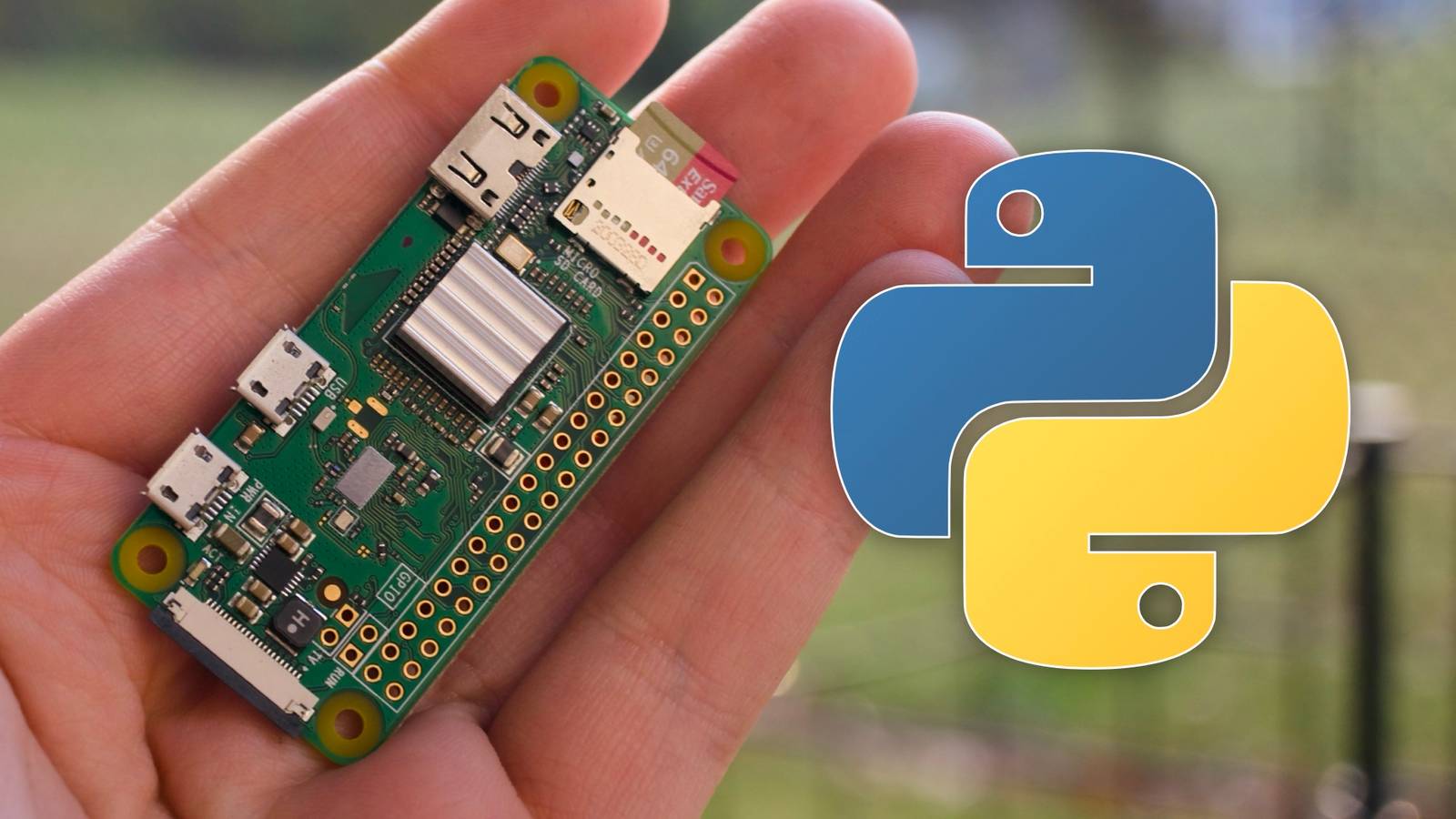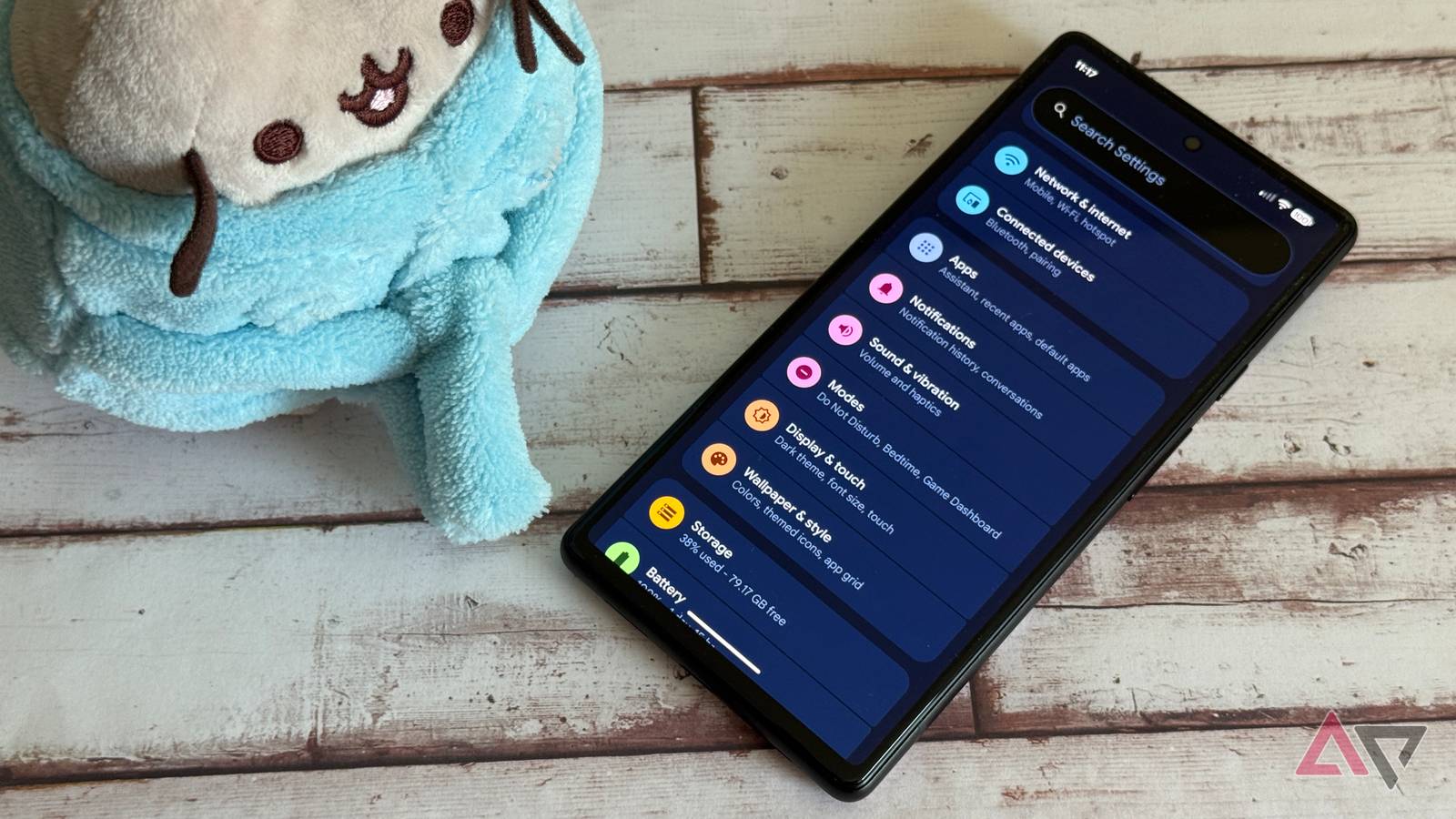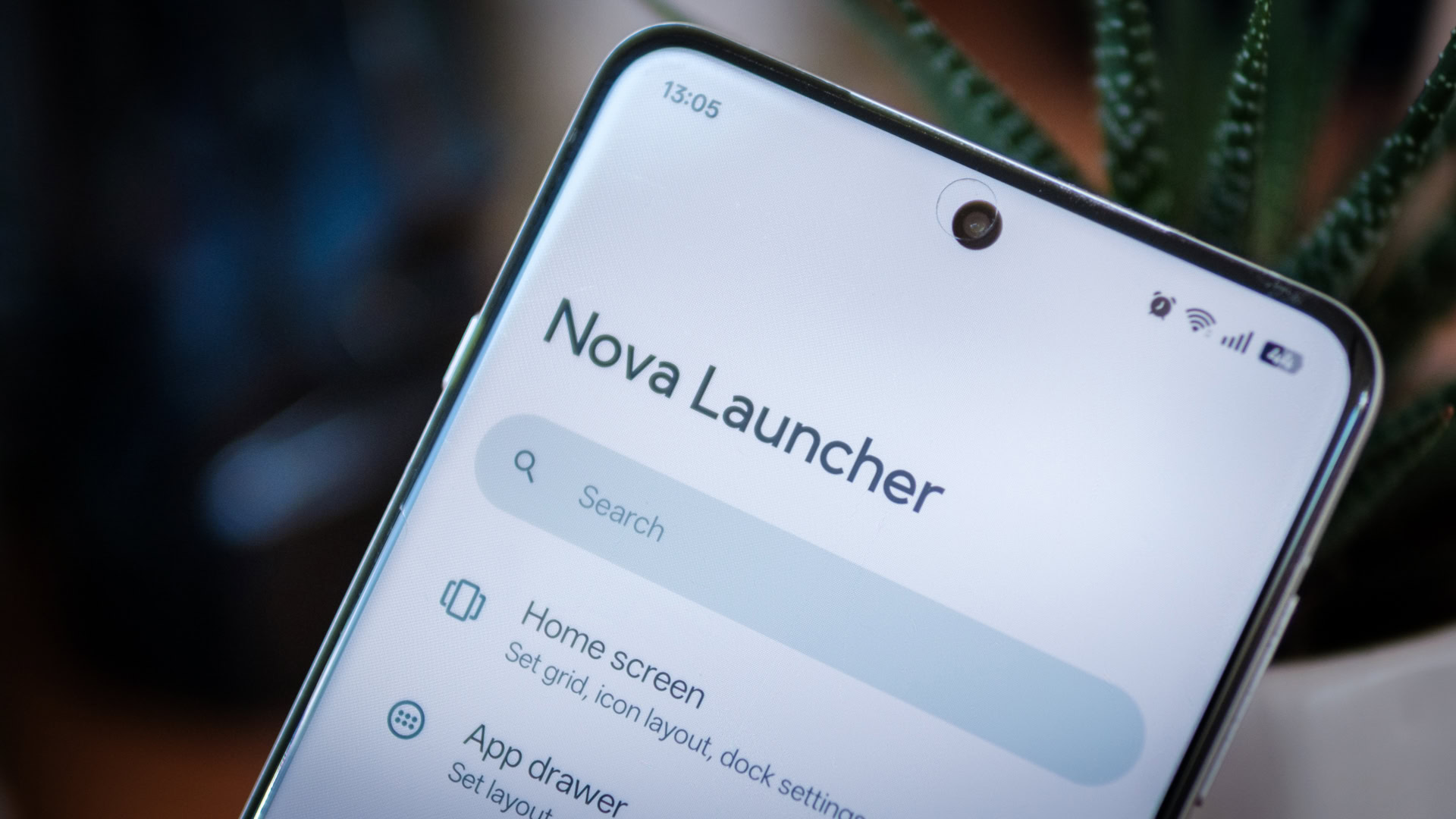C. Scott Brown / Android Authority
While I still welcome more competition in the Android smartphone market, one key player I haven’t been as happy with is Google. At first, I was interested to see what Google could do and the potential that more stock Android smartphones could offer.
But over time, that interest turned into concern — to the point where I wished Google didn’t make smartphones. This isn’t due to the hardware itself or even Google as a company, but rather Google’s position as the primary developer of Android.
Are you happy that Google is making smartphones?
14 voices
This encourages Google to create Pixel-specific features
Joe Maring / Android Authority
In recent years, many Android manufacturers have focused more on differentiating their devices on software rather than hardware. This incentivizes people to continue buying the latest smartphones, even with expanded support for Android updates and iterative hardware updates.
For example, one of my frustrations with Samsung is the the company’s practice of keeping certain features, like Now Brief, limited to later devices, even if older models have the hardware capable of supporting them.
Google is not exempt from this. It’s introduced some impressive hardware over the years, but I don’t think it’s escaped the pressure to sell more devices by emphasizing certain software features. Since it has its own line of smartphones, the incentive is to roll out improvements to its own devices rather than Android in general.
This is demonstrated by the large number of Pixel-exclusive features and apps that are seemingly unrelated to hardware limitations.
In my opinion, some of these features should be available as part of stock Android. I’m glad Pixels is keeping its photo editing tools, but there are some features that would really help keep Android users safe.
Joe Maring / Android Authority
Call Screen, for example, would be incredibly useful in helping Android users avoid spam and scam calls. Android currently has a built-in caller ID feature, but it hasn’t been very useful in my experience. Instead, many users have to rely on third-party apps like Truecaller to try to avoid unwanted calls. Scam detection would also help identify common scam formats.
A feature like advanced voice typing in Gboard would also improve accessibility. You can access basic voice typing in Gboard on any Android device, but advanced features, such as adding punctuation and editing text with your voice, are limited to Pixel devices.
Some really useful features are kept as Pixel exclusives rather than rolling out as general Android features.
The battery health indicator available on the new Pixels is another feature that I think should only be available on Android in general, especially as manufacturers move toward higher charging speeds and newer battery technology.
There are other Pixel features I’d like to see on stock Android that aren’t as essential, but are handy.
The At A Glance widget, for example, is much more powerful on Pixel phones. Although it is available as a widget on other Android devices, its functionality is extremely limited, even if you use other Google apps that work with it. I compared my widget with that of my colleague Rita. On my Honor and Samsung phones I have a single page of toggles. Rita’s Pixel, however, included just under three pages of flips. Toggle I don’t have, despite using compatible Google apps on my phone, including Bedtime, Fitness, Timers, and Flashlight.
That’s one less reason to stay committed to AOSP
Mishaal Rahman / Android Authority
Aside from incentivizing Google to limit certain features to Pixel devices, I also think the company’s status as a phone maker gives it less reason to stay engaged in the Android Open Source Project (AOSP).
Recent developments have made many people nervous about the future of Android as Google continues to tighten its controls over the operating system. Google says AOSP isn’t going away, but I’m not the only one worried about the project’s future.
The delay in the Android 16 QPR1 source code has reignited fears around Google’s commitment. And while Google isn’t necessarily delaying releasing code to boost smartphone sales, having its own hardware adds to the reasons why truly committing to an open source project may no longer make business sense.
Encouraging sales of its own devices is also another reason for Google not to engage in good faith with AOSP.
Google achieved its goal by making Android an open source operating system. Most smartphone manufacturers around the world use it, leading to the proliferation of Google apps and Google Mobile Services (GMS). Play Store dominance aligns with Google’s commercial interests.
Even though the company probably won’t make Android fully closed, that doesn’t mean Google will remain aligned with the spirit of open source development. With the incentive to also increase one’s own hardware sales, there is one less reason to actually commit in good faith to the principles of open source.
Google has a habit of ignoring certain regions
Taylor Kerns / Android Authority
Some readers may say that if I want access to Pixel’s exclusive features, I should cough up and buy Google’s hardware. After all, Google can’t be expected to create innovative software without rewards.
However, the reality is that Google ignores certain regions when it comes to hardware availability. This applies not only to Pixel smartphones, but also to Google Home devices and wearables. Even if you import a device or buy it from a local distributor, you may not have access to all the features it offers. This is partly why my colleague Hadlee regretted importing a Pixel.
I experienced this in South Africa. The Google Store is not available in Africa, which means you cannot purchase devices directly from Google. While Fitbit had a presence in the South African market for years, Google’s acquisition of the company eventually led it to stop selling devices locally. I have an old Google Home speaker, but some voice commands weren’t supported, so I eventually stopped using it.
For many people around the world, the only way to access some of Google’s features is through hardware manufacturers that have agreements with Google and use its open source software. That’s why I have a Smart TV box that includes Google TV, even though no proprietary Google devices are available in my country.
Joe Maring / Android Authority
Pixel 10 Pro (left) and Pixel 9 Pro
The more Google focuses on Pixel-only features and moves away from Android in good faith as an open source initiative, the less people in excluded markets will be able to access useful features. There is already a divide between who has access to which Google features, and I fear it will only get worse over time.
While I’m always happy to see competition in the smartphone market, I think that due to a number of factors combined, Google selling its own smartphones hurts Android’s future more than it helps. It was always likely that Google would tighten its control over Android once it achieved its desired market share. But selling its own smartphones helps divide who can access important features that should just be part of the basic Android operating system.
Thank you for being part of our community. Read our comments policy before posting.









